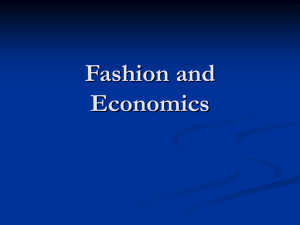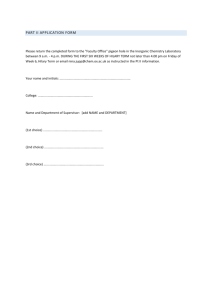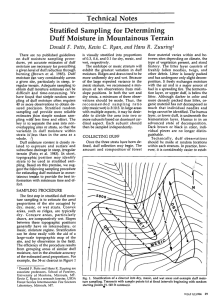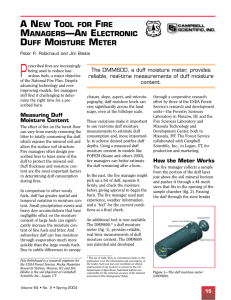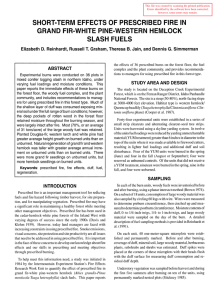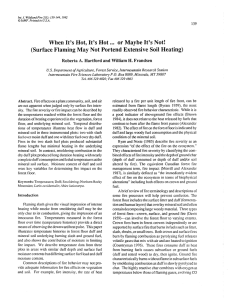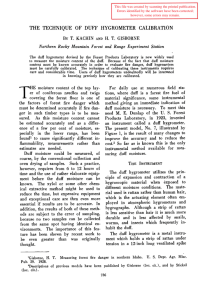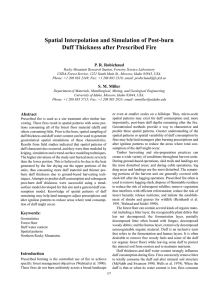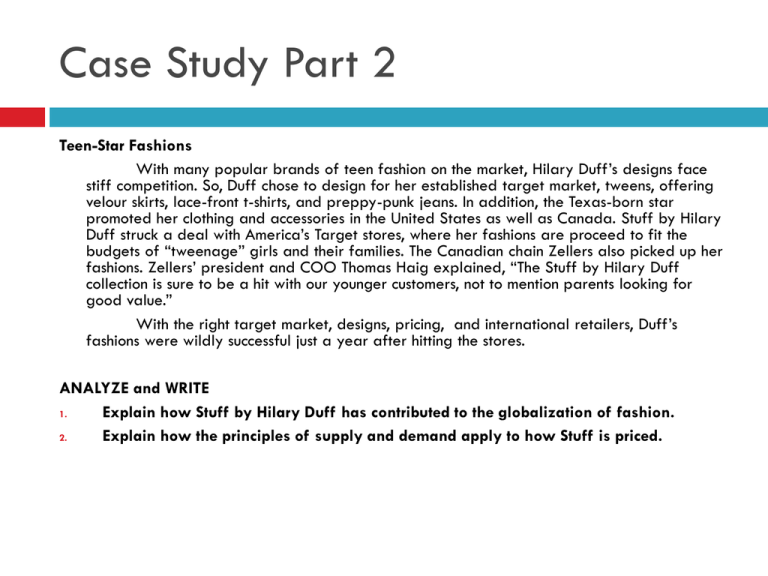
Case Study Part 2
Teen-Star Fashions
With many popular brands of teen fashion on the market, Hilary Duff’s designs face
stiff competition. So, Duff chose to design for her established target market, tweens, offering
velour skirts, lace-front t-shirts, and preppy-punk jeans. In addition, the Texas-born star
promoted her clothing and accessories in the United States as well as Canada. Stuff by Hilary
Duff struck a deal with America’s Target stores, where her fashions are proceed to fit the
budgets of “tweenage” girls and their families. The Canadian chain Zellers also picked up her
fashions. Zellers’ president and COO Thomas Haig explained, “The Stuff by Hilary Duff
collection is sure to be a hit with our younger customers, not to mention parents looking for
good value.”
With the right target market, designs, pricing, and international retailers, Duff’s
fashions were wildly successful just a year after hitting the stores.
ANALYZE and WRITE
1.
Explain how Stuff by Hilary Duff has contributed to the globalization of fashion.
2.
Explain how the principles of supply and demand apply to how Stuff is priced.
CHAPTER 3.2
Fashion and Economics
Impact on Global Economy
Globalization – increasing integration of the world
economy.
Country
Figure 3.2
Global Competition
USA
UK
Germany
Hong Kong
Korea
Taiwan
France
Italy
Japan
Brazil
Average
Shopping
Spent/Year
Trips/Year
(U.S. $)
22
18
16
16
15
11
11
11
8
7
$
$
$
$
$
$
$
$
$
$
SOURCE: Lifestle Monitor and Global Lifestyle Monitor.
copyright 2004 Cotton Inc. All rights reserved.
1,044
1,144
1,312
1,260
520
1,000
856
852
884
776
The Balance of Trade
Trade involves imports, exports, and exchanges of money.
Imports – goods that come into a country from foreign sources or goods
that a county buys from other countries.
Exports – goods that a country sends to a foreign source or goods that a
country sells to other countries.
Balance of Trade – relationship between a country’s imports and exports,
and it affects the economic health of a country.
Trade deficit occurs when a country imports more goods than it exports. (The US
has a large trade deficit, which includes many textile and apparel products that are
imported into the country.)
Trade surplus occurs when a country sells more goods to other countries than it
buys. (Japan is one country that has a trade surplus.)
Trade Agreements and Restrictions
Free trade exists when a government allows
products to move freely across its borders.
NAFTA (North American Free Trade Agreement
WTO (World Trade Organization
Impact on Domestic Economy
Textile Industry Impact
Textile Industry Issues
Supply and Demand
The law of supply and demand affects pricing in the fashion industry
as in other industries.
The relationship of these two factors results in the process people are
will to pay for various products producers are willing to make.
Supply is the quantity of product offered for sale at all possible prices.
Demand is the consumer’s willingness and ability to buy and/or use
products.
The interaction of supply and demand creates the conditions of surplus,
shortage, or equilibrium.
Profit is the money a business makes after all costs and expenses
are paid.
Trade quotas are the restrictions on the quantity of a particular
good or service that a country is allowed to sell or trade.
Quiz
1.
2.
3.
How has globalization impacted the fashion
industry?
What is the difference between supply and
demand?
Describe the state of employment in the US fashion
industry.

